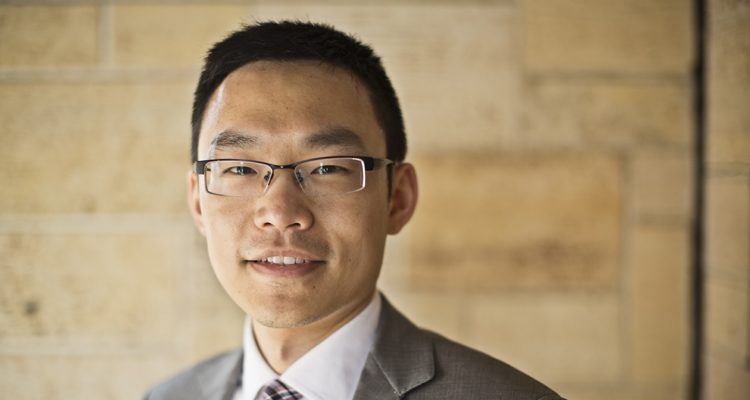Twenty-four years after I was born, I graduated from Tsinghua University with a B.S. in management information system and an M.S. in management science. As an only child, it was difficult for me to leave my hometown – Beijing, China. But with the support and encouragement from my family, I, alone, came to the United States to pursue my Ph.D. degree in operations management at the University of Cincinnati.
I always wished that I would become a researcher who contributes to academics and also makes an impact on our daily lives. My educational background, particularly in the methodological areas of optimization and simulation, has further kindled my passion for research and for the application of knowledge to practice. I believe that combining optimization and simulation techniques can help us solve a wide range of practical problems with societal impact.
My general research interest is in the application of quantitative methods to service-operations settings, particularly in public policies and health care operations. Specifically, my most recent research focuses on improving voting operations for local and national elections and developing admission policies for cardiothoracic intensive care units.
During the 2004 U.S. presidential election, some voters waited more than 10 hours to cast their ballots. Reports of long queues of voters at polling locations continued throughout the 2006 and 2008 elections. Even more disturbing were the post-election allegations that systematic policy decisions turned out to suppress certain voting segments in key states. In a collaborative project with University of Cincinnati professor David Kelton, associate professor Michael Fry and the Ohio State University associate professor Theodore Allen, we seek to find the optimal allocation of voting machines to provide voters equal waiting time (hence equal access to the election system) regardless of polling locations, creating a proxy for “equity” in the voting system.
This research provides new tools that can be shared with local election boards to develop public policy. We used 2008 presidential election data from Franklin County, Ohio, and found that, under simulations, our allocation method shortened the average voter waiting time by 36 percent and could have made 23,000 fewer people who had to wait for more than 30 minutes in that election. We have published two top journal papers from this research this year; one published in IIE Transactions and the other one accepted in Production and Operations Management. Our work was conducted jointly with elected officials at the Franklin County Board of Elections, who are receptive to the use of mathematical models in guiding policy decisions. We even were directly involved in rewriting the legislation – the House Bill #260 that was passed by the Ohio House of Representatives in November 2009 addressing many of the concerns with operational issues in elections, including the explicit considerations of queuing effects of machine allocations to calculate queue lengths.
Health care has drawn tremendous attention from the entire country, including researchers in our field – operations management. My research in health care originated from challenges faced by the Mount Sinai Medical Center in New York. The hospital seeks optimal ICU admission policies to maximize profits and improve patient care. Policy makers are struggling to match the ICU capacity with needs of patients. Post-cardiac-surgery patients generally are transferred to an acute ICU bed, but such beds are limited in number due to the expense of staffing an ICU and space limitations. If no acute bed is available in an ICU, a scheduled surgery is postponed, and the patient frequently is sent back to his hospital room at some cost to both the hospital and to the patient’s health.
It is difficult for intensivists to decide which patient will benefit from critical care most. To avoid this situation, the available ICU beds must be allocated wisely, taking into account both the known and potential surgeries to be performed each day. Working alongside Dr. Corey Scurlock at the cardiothoracic ICU and UC professor Michael Fry, we developed a dynamic admission policy, which prioritizes patients based on their current waiting times and surgery types. This dynamic policy can reduce the maximum patient waiting time to be admitted into the ICU by four days compared to the current admission policy. This work was published in Critical Care Medicine in 2013, the leading journal in the field of critical care.
I am grateful for the opportunity to work at the University of St. Thomas. I have been blessed and fortunate to work with my talented and outstanding colleagues and friends. The joy and enthusiasm they have in research are contagious and motivational to me. My scholarly career has just begun. Research with high impact always excites me.
Muer Yang is assistant professor of operations and supply chain management in the Opus College of Business.
From Exemplars, a publication of the Grants and Research Office.







